Inquire
Data Science Tools: Your Gateway to Analyzing, Visualizing, and Transforming Data
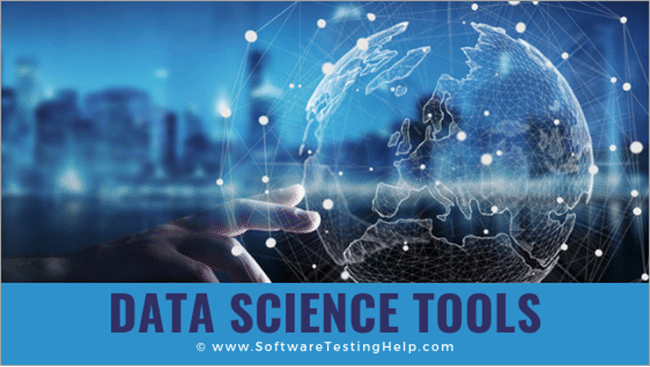
Introduction:
In the world of data science, having the right tools at your disposal is essential. These tools enable data scientists to collect, clean, analyze, and visualize data efficiently. In this blog, we'll take a closer look at some of the most popular data science tools that have become indispensable in the field.
1. *Python*:
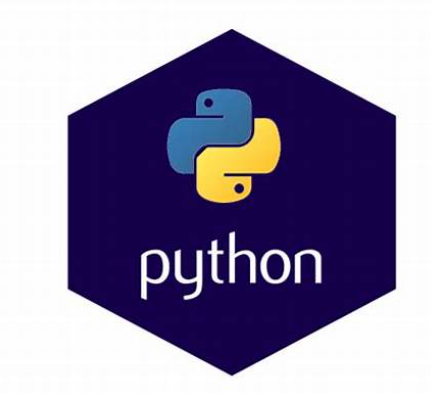
Python is the Swiss army knife of data science. Its extensive libraries make it a versatile choice for data analysis, machine learning, and more. Key libraries include:
- *NumPy*: Provides support for numerical operations.
- *Pandas*: Used for data manipulation and analysis.
- *Matplotlib and Seaborn*: For data visualization.
- *Scikit-Learn*: Offers a wide range of machine learning algorithms.
2. *R*: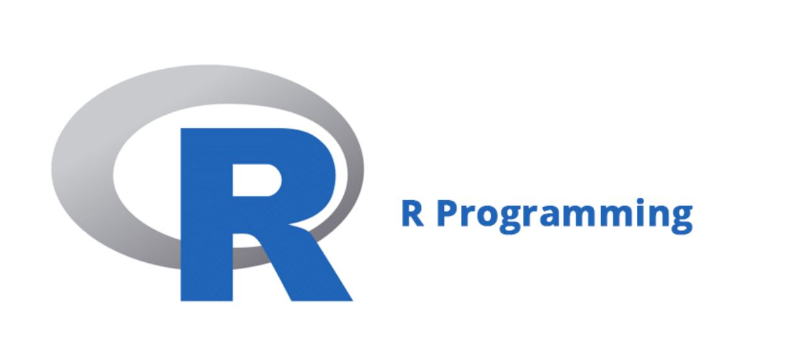
R is a programming language and environment designed for statistical analysis and data visualization. Data scientists often use it for specialized statistical analyses and graphing. R's strengths include its extensive libraries and active user community.
3. *Jupyter Notebooks*:
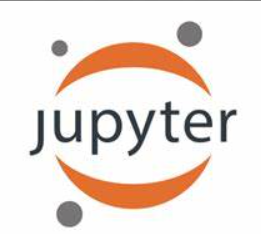
Jupyter Notebooks are a favorite among data scientists for interactive data analysis. They allow you to write and execute code in a dynamic and user-friendly environment, combining code, visualizations, and explanatory text.
4. *SQL*:
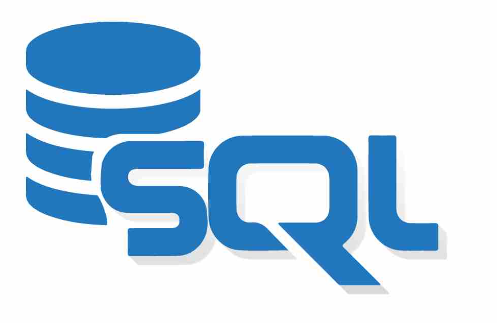
Structured Query Language (SQL) is crucial for managing and querying relational databases. Data scientists frequently use SQL to extract and manipulate data from databases efficiently.
5. *Apache Hadoop* and *Spark*:
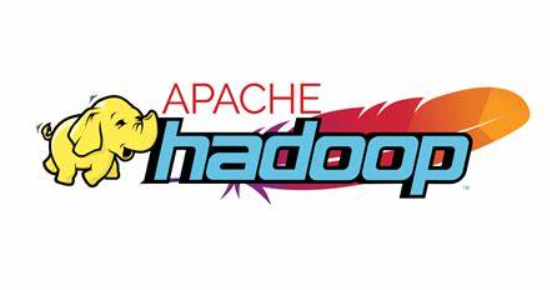
For big data processing, tools like Apache Hadoop and Apache Spark are essential. They enable the processing of vast amounts of data across distributed computing clusters. Spark is particularly popular for its in-memory processing capabilities.
6. *Tableau*:
Tableau is a data visualization tool that makes it easy to create interactive and shareable data dashboards. It's known for its user-friendly interface and robust visualization options.
7. *TensorFlow* and *PyTorch*:
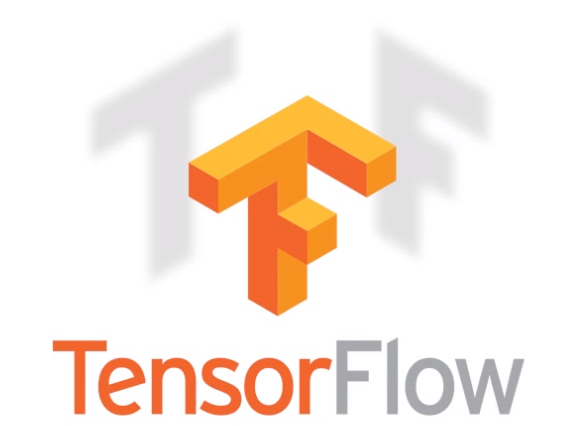
These deep learning frameworks are essential for developing and training neural networks. TensorFlow is developed by Google, while PyTorch is popular for its dynamic computation graph.
8. *RStudio*:
For R users, RStudio is an integrated development environment (IDE) that provides a user-friendly interface for data analysis, visualization, and package management.
9. *Power BI*:
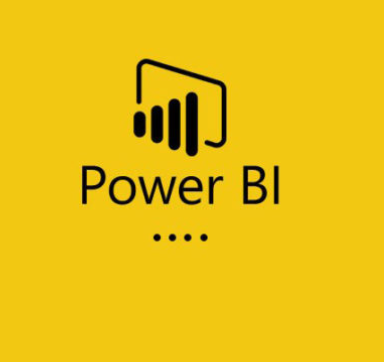
Microsoft's Power BI is another powerful data visualization tool that connects to various data sources and produces interactive reports and dashboards.
10. *KNIME*:
KNIME is an open-source data analytics, reporting, and integration platform that allows you to design and execute data science workflows through a visual interface.
11. *SAS*:
SAS is a comprehensive software suite for advanced analytics, business intelligence, and data management. It's widely used in industries like healthcare, finance, and government.
Conclusion:
Data science tools are the backbone of every data scientist's work. With a rich ecosystem of languages, libraries, and platforms, data scientists have a wide array of options to choose from. The selection of tools often depends on the specific project, data volume, and personal preferences. Whether you are exploring data, building machine learning models, or creating compelling visualizations, these tools empower data scientists to extract valuable insights and make data-driven decisions, ultimately driving innovation and progress in a wide range of fields.

- Managerial Effectiveness!
- Future and Predictions
- Motivatinal / Inspiring
- Other
- Entrepreneurship
- Mentoring & Guidance
- Marketing
- Networking
- HR & Recruiting
- Literature
- Shopping
- Career Management & Advancement


 SkillClick
SkillClick